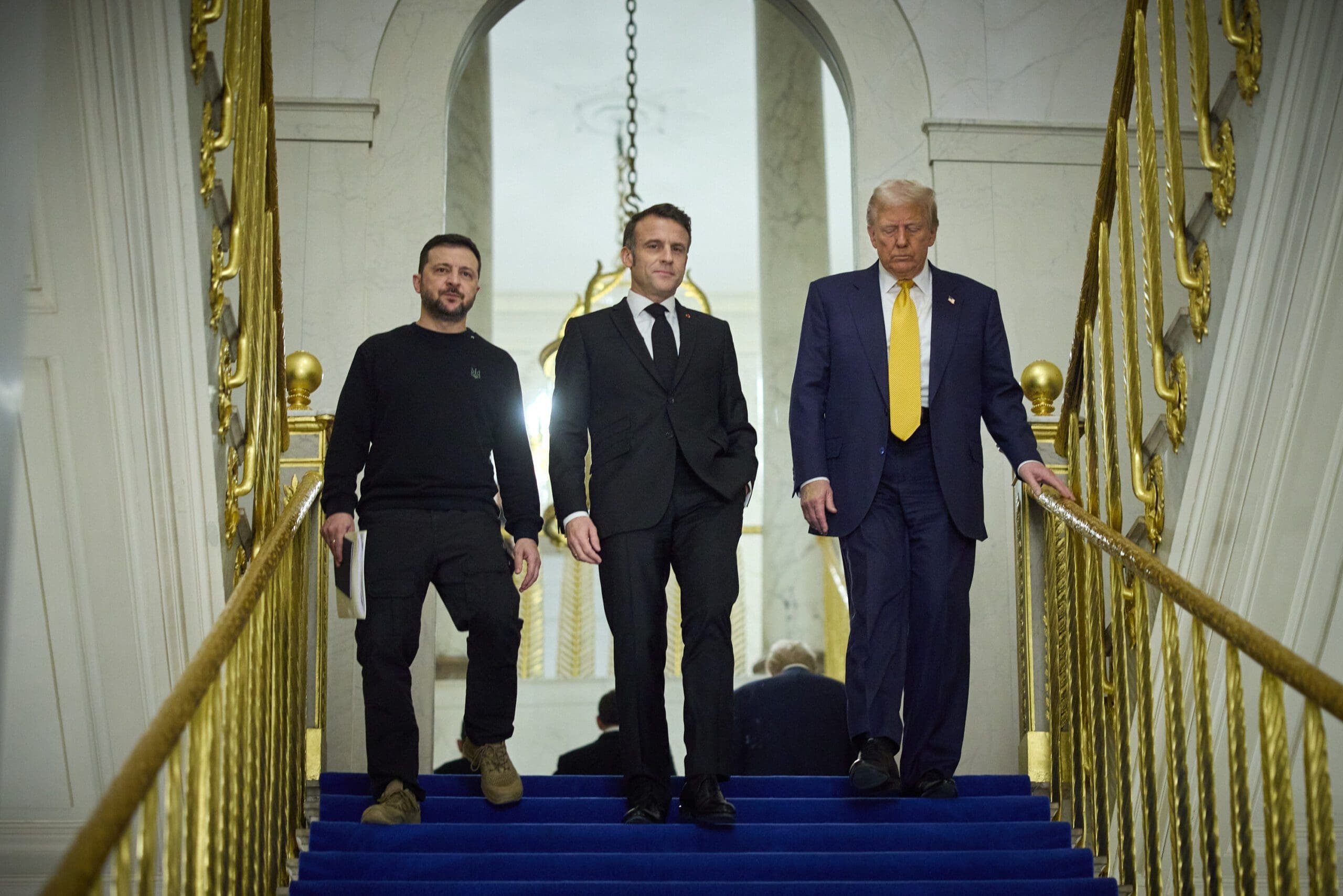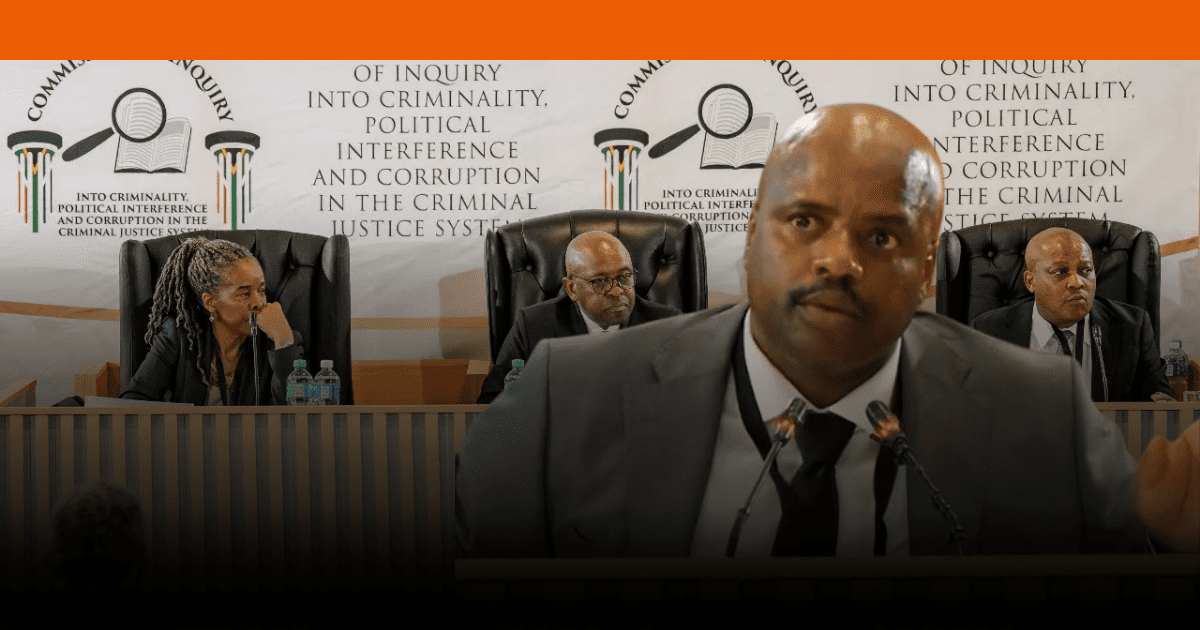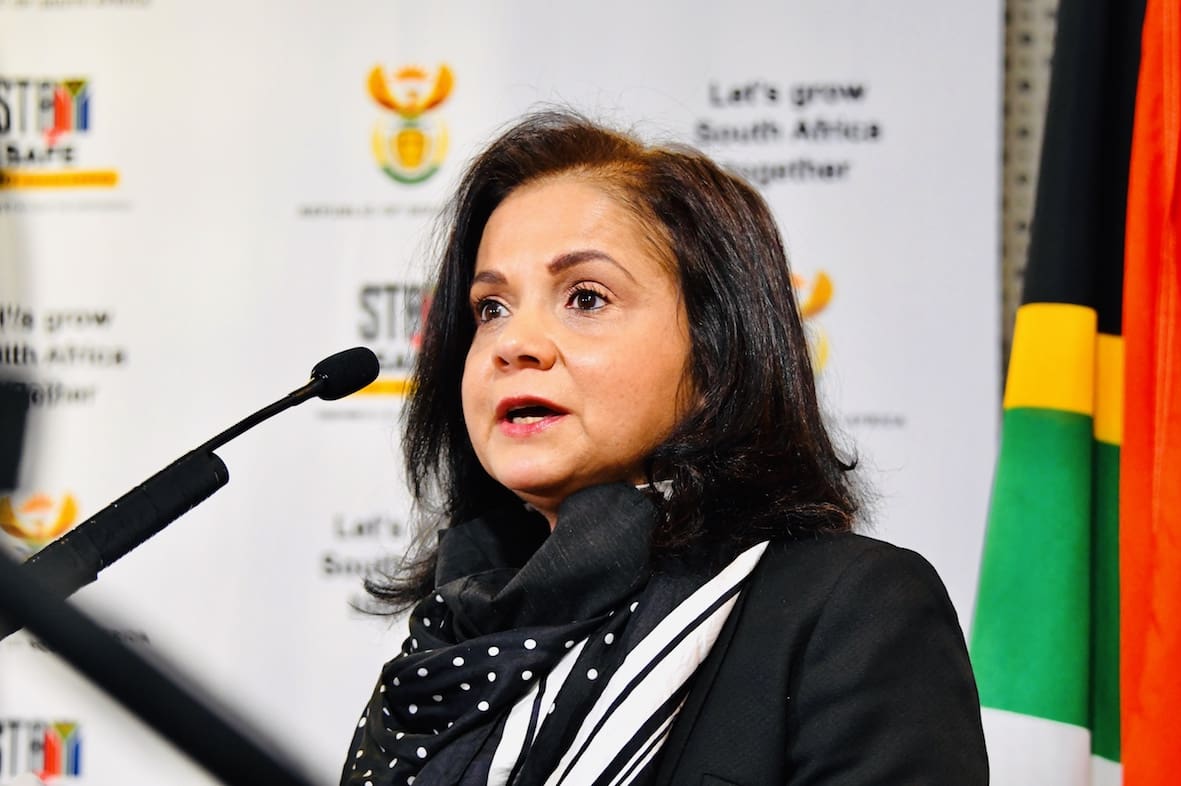What do you get when a desperate wartime president, a megalomaniac, and the most forgettable vice president since Spiro Agnew meet to discuss an ongoing war? You get the now viral meeting between US President Donald Trump, his chipmunk-cheeked deputy JD Vance and Ukraine leader Volodymyr Zelensky.
What started as a highly anticipated meeting at the White House turned into an explosive confrontation, with both leaders exchanging harsh words and shifting the dynamics of the US-Ukraine relationship. The fallout from their meeting has led to fresh questions about the future of US-Ukraine relations and what the Trump presidency means for global diplomacy.
The Trump-Zelensky Drama:
The world watched in disbelief as Trump and Zelensky clashed in a tense Oval Office meeting. The recent meeting was initially intended to celebrate Ukraine’s readiness to sign a deal with the US, one that would grant preferential access to Ukraine’s rare earth minerals. These minerals are essential for high-tech devices and military equipment, and the deal would have been a key move to reduce US dependence on China.
However, what was supposed to be a productive discussion on a rare earth minerals deal and Ukraine’s path to peace with Russia quickly devolved into an extraordinary public altercation.
In the final moments of the nearly 45-minute meeting, Trump accused Zelensky of disrespecting the United States, with Vance joining in. “You’re gambling with World War III,” said Trump before the meeting descended into open hostility. In an attempt to steer the conversation back to diplomacy, Zelensky pushed back on suggestions that Ukraine should seek a ceasefire with Russia, citing Moscow’s years of broken promises on the global stage. Trump’s response: “You’re either going to make a deal, or we’re out,” he said, echoing his broader foreign policy stance of “America first.”
Zelensky took to social media following the encounter, calling the meeting “regrettable” but maintaining a firm stance that Ukraine would continue to seek international support. “I stand ready to work under President Trump’s strong leadership for a peace that lasts,” Zelensky said, clearly trying to salvage diplomatic ties despite the public fallout.
Now, Trump and Zelensky’s fiery confrontation is shaking up global diplomacy. Zelensky has agreed to move forward with a minerals deal with the United States, according to Trump, on Wednesday afternoon. CIA Director John Ratcliffe says Trump has ordered intelligence sharing with Ukraine to be halted in addition to military aid.
This announcement comes on the heels of the explosive meeting. While this deal could be a significant step towards cooperation, we must admit we’re in a state of apoplexy at the state of international diplomacy.
The road to the showdown:
Tensions had been building for some time leading up to this dramatic meeting. In the months leading up to their encounter, Trump made increasingly inflammatory comments about the Ukrainian president, with many critics accusing him of undermining Ukraine’s sovereignty. Trump controversially referred to Zelensky as a “dictator” and blamed him for starting the war with Russia—a claim that has been widely debunked. Fact-checkers have pointed out that Zelensky, as the democratically elected leader of Ukraine, has been fighting to preserve his country’s sovereignty against Russian aggression, not instigating the conflict.
Despite these controversial remarks, Trump’s rhetoric seemed to echo a broader shift in US foreign policy, which had grown more isolationist and unpredictable under his leadership.
Europe’s response:
As the world watched in disbelief, Europe’s leaders swiftly voiced their disapproval of Trump’s harsh treatment of Zelensky. French President Emmanuel Macron and German Chancellor Olaf Scholz were among those who rallied behind the Ukrainian leader. “There is an aggressor, which is Russia, and a people who have suffered aggression, which is Ukraine,” said Macron. His remarks were a direct rebuttal to Trump’s attempts to balance the scales between the two sides, making it clear that Europe stood firmly in solidarity with Ukraine.
European Commission President Ursula von der Leyen also offered her support, sending a joint message with the leaders of the European Council and Parliament: “Be strong, be brave, be fearless. You are never alone, dear President Zelensky.” The EU’s backing has only grown stronger in the face of Trump’s diplomatic stance, with leaders emphasising that Ukraine’s fight is Europe’s fight.
With the US’s position on Ukraine uncertain, Europe now faces some tough choices. As Trump’s foreign policy continues to send shockwaves through global diplomacy, European leaders are rallying to ensure Ukraine doesn’t face the consequences of America’s shifting stance alone. There’s talk of creating a “coalition of the willing” among European countries, aiming to offer military aid and financial support and secure Ukraine’s borders in the face of Russia’s ongoing aggression.
Trump’s new tariffs:
But that’s not the only issue. Trump’s recent tariffs on imports from Canada, Mexico, and China have sparked major criticism from Europe. The European Union (EU) has not held back, calling these tariffs unjustified and a threat to global trade stability. Many EU leaders have voiced strong solidarity with Canada and Mexico, warning that Trump’s actions could send ripples through the global market.
Trump’s imposition of trade tariffs in early 2025 marked a pivotal moment in his presidency, signalling the intensification of his isolationist “America First” policy. The move affected major trading partners—Mexico, Canada, and China—imposing 25% tariffs on goods from Mexico and Canada and 20% on Chinese imports.
However, the reaction from abroad was swift and strong. Canada’s Prime Minister Justin Trudeau labelled the tariffs a “very dumb thing to do” and immediately retaliated with 25% tariffs on $30 billion worth of U.S. imports. In turn, China responded with tariffs on U.S. agricultural exports and raised complaints to the World Trade Organisation (WTO). With stock markets taking a hit and global economic uncertainty rising, Trump’s trade war triggered fears of a prolonged economic slowdown.
South Africa’s response:
In the midst of this political turmoil, South Africa has invited President Zelensky for a state visit—something that has been long overdue. This move comes after months of balancing its diplomatic stance between Russia and Ukraine, and it signifies a shift in South Africa’s approach to the conflict.
For South Africa, which has been criticised for its neutrality in the Russia-Ukraine war, this visit could serve as an important gesture of solidarity with Ukraine. It will be interesting to see how South Africa aligns itself as the geopolitical landscape continues to shift and how our BRICS ally Russia will respond.
Emma is a freshly graduated Journalist from Stellenbosch University, who also holds an Honours in history. She joined the explain team, eager to provide thorough and truthful information and connect with her generation.
- Emma Solomonhttps://explain.co.za/author/emma-solomon/
- Emma Solomonhttps://explain.co.za/author/emma-solomon/
- Emma Solomonhttps://explain.co.za/author/emma-solomon/
- Emma Solomonhttps://explain.co.za/author/emma-solomon/




